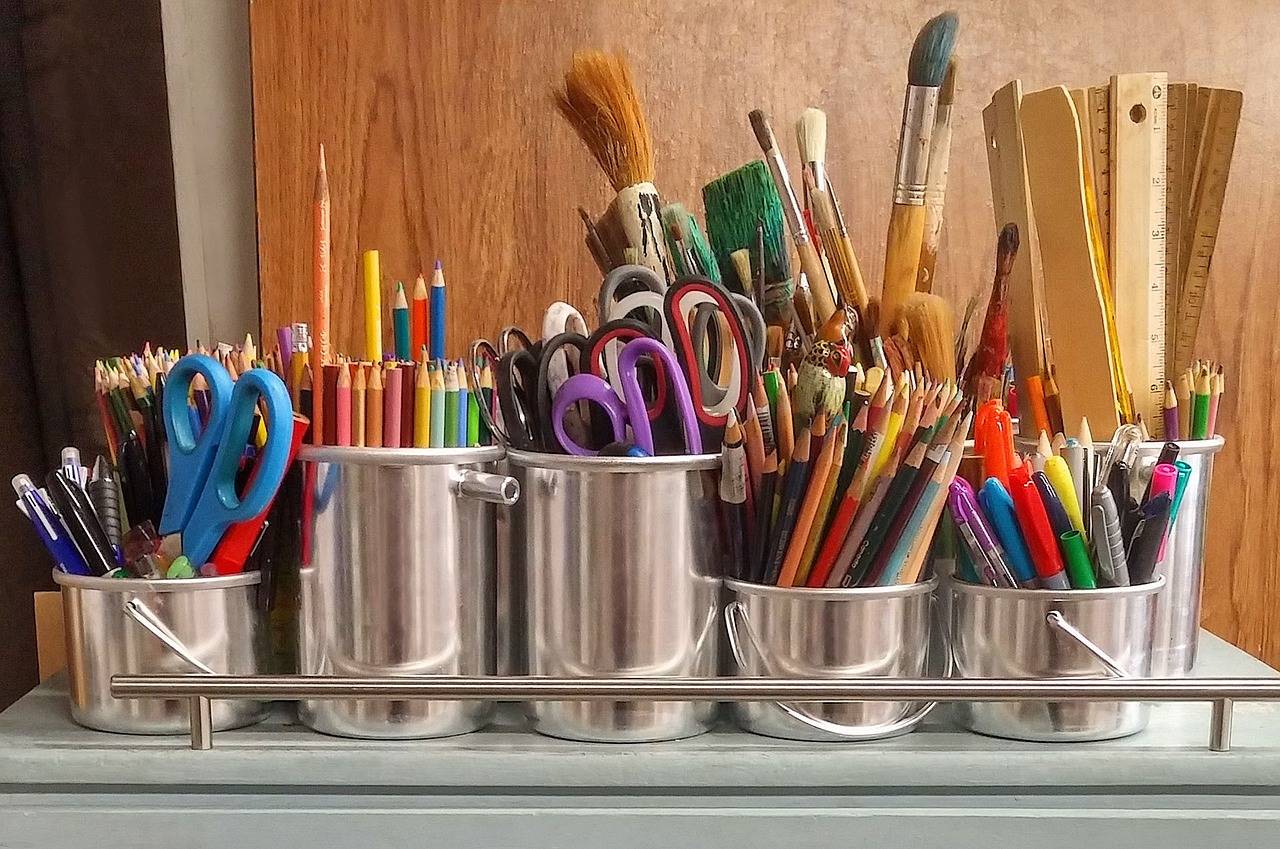Introducing children to art is beneficial to their motor, math, social, emotional and language skills as well as aiding in their cognitive development. To help the children of Orcas hone these skills by creating art projects, there’s A-OK, or Art for Orcas Kids.
“Art is important because we’ve learned the brain when it’s looking at something that is beautiful or is listening to something that is beautiful it actually fires all over the brain. Neurologists have found that in the brain stem is where art actually is needed,” said A-OK art instructor Robyn Gordon. “Without that, we’re going to lose out on forward thinkers. It’s a way to learn how to make different pathways throughout the brain.”
A-OK was started by Orcas Open Arts to bring artists into the classroom of the elementary and middle school to teach the students. In 2014, Orcas Island Education Foundation took over operation of it. The program is funded by donations from the community, proceeds from fundraising events, like the bi-annual Clay Café, and grants. Coming up in March, A-OK will be hosting a garage sale, said A-OK Coordinator Geri Turnoy.
Gordon has been working as an art instructor for first, second, fourth and fifth grade students at the Orcas public school for three years.
“Across the country, they’re trying to phase it out of schools. A lot of places are trying to bring it into, say, Saturday classes or after school programs. It’s kind of sad that other things are thought to be taking more precedence than the arts,” Gordon said. “If you look through history, art is history. It’s what — before people were literate — that’s how they’d learn anything about history is through the artwork. That’s how stories were told, that’s how we know what happened.”
Gordon has a bachelor’s of fine arts in illustration. She found her passion for teaching art to kids five years ago when she lived in Utah.
Along with Gordon, there are four other artist-teachers: Brook Meinhardt, Colleen Stewart and Andrea Cohen. They teach 16 classes total, once a week, with each class lasting 55 minutes. Matt Haeuser has also taught pottery classes to middle school students as part of the program. Previously, there have been as many as nine artists teaching at one time, said Turnoy.
“You like to try to do after school things, but that’s hard with sports and all of that, so it’s better to have it integrated into the schools. Where we can see the students every day and they can get a part of art – which is awesome for the students,” Gordon said. “From all my experience I think [the students] are loving it. My fourth and fifth grade class in particular.”
Though art is an official part of the students’ curriculum at the public school, Gordon finds that few parents know that their children are taking the classes, nor do they understand the importance of teaching children art at a young age.
According to the National Endowment of the Arts, music and arts have been proven to enhance children’s learning abilities, giving them an advantage in a variety of life skills, especially aiding in the way they manage their emotions and interact socially.
“It’s hard to try to convey to people how necessary this is for kids, that they need to have an outlet. Sometimes you can’t communicate through words, but you can communicate through pictures. Sometimes you can’t show what you’re feeling through words but you can in pictures, and you can in drawing or sculpting,” Gordon said. “It’s good for our students and I’m glad that we’re able to, as a community come in and see that need, fulfill that need and give that to our children.”
Beginning in February the classes will take on a more structured format and learn art history, said Turnoy. Students will be educated on an artist or topic – Stone Age paintings, Van Gogh, Grandma Moses and Alexander Calder – then create a related piece of art.
For more information about the program and to donate to OIEF and A-OK, visit oief.org/.



